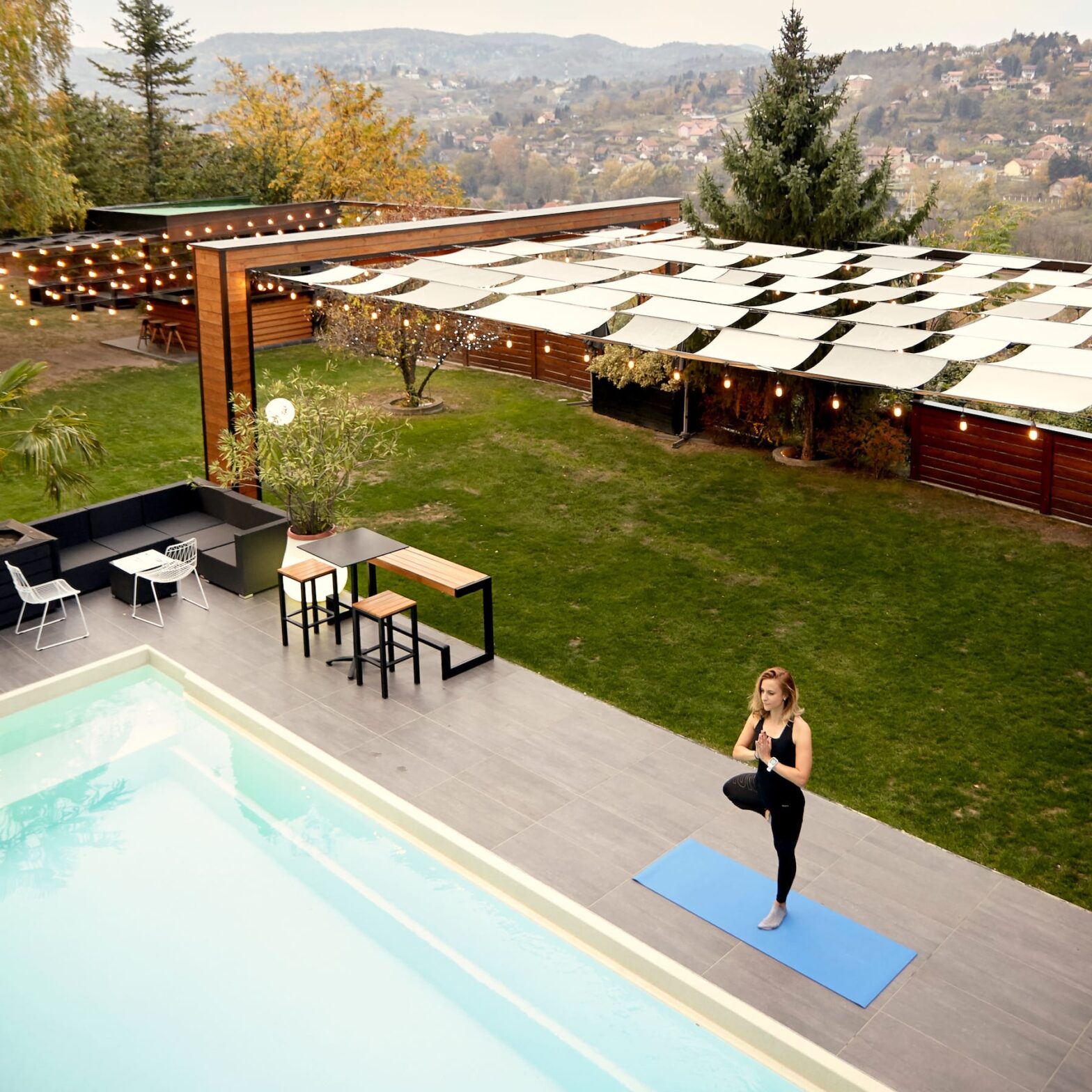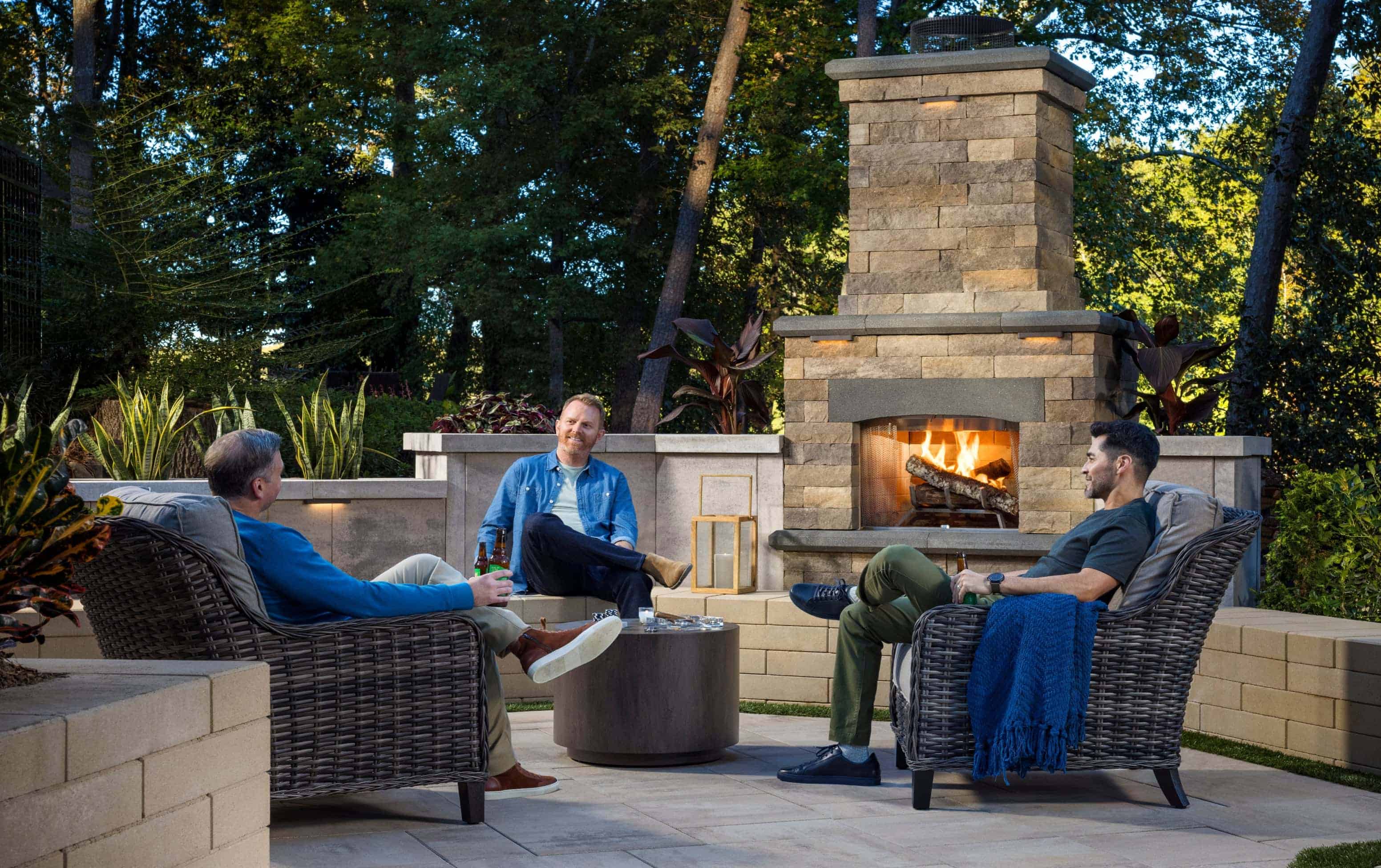Transforming Outdoor Living Marketing
Responding to Consumer Demands to Drive Sales
By Daniel Kedinger, Director of Digital Strategy
As the desire for outdoor living spaces continues to grow, outdoor living brands are embracing innovative marketing strategies to meet the evolving demands of consumers. The boundaries between indoor and outdoor spaces are blurring, and homeowners no longer settle for traditional backyards. They seek functional and visually-appealing outdoor spaces that expand their indoor lifestyles. In this era of changing preferences, outdoor living companies are leveraging digital tactics to drive sales and create meaningful connections with their target audience.There is no need to panic. Our 2023 budget guide contains tips and strategies from marketing directors and CMOs that will help you navigate the coming year.
Table of Contents
Rising Demand for Outdoor Living
The surge in demand for outdoor living spaces can be attributed to various factors, including a heightened focus on health and wellness. The COVID-19 pandemic has prompted people to seek solace and a connection with nature, realizing the physical and mental benefits that outdoor environments offer. This increased awareness has fueled the demand for outdoor living spaces.
According to the American Institute of Architects, nearly 70% of architects have reported an increased demand for outdoor living spaces in residential projects. This aligns with the changing preferences of homeowners who want to create functional and inviting outdoor spaces that serve as extensions of their indoor lifestyles. Backyards have transformed into havens for relaxation, entertainment, and recreation.
Market research firm Statista projects that the global outdoor furniture market will reach a value of $28.7 billion by 2025, highlighting the scale and potential of this rapidly-growing space. Because of the newfound importance of these outdoor spaces, consumers are investing in quality outdoor furniture, patio sets, and accessories to personalize and enhance their outdoor living environments.

Growing Interest in Health & Wellness
The drive for health and wellness has played a significant role in the increased demand for outdoor living. People have come to recognize the importance of spending time outdoors for their physical and mental well-being. Outdoor spaces offer opportunities for exercise, relaxation, fresh air and a connection with nature – all essential elements of a healthy lifestyle. Homeowners have begun to actively seek ways to incorporate outdoor living spaces into their homes for a more balanced and holistic approach to living.
This presents a new opportunity for outdoor living companies to embrace and innovate their marketing strategies. By emphasizing the health and wellness benefits of spending time outdoors, they can highlight the importance of creating functional and aesthetically-pleasing outdoor spaces that promote an active and balanced lifestyle. This includes offering products such as outdoor fitness equipment, ergonomic furniture and sustainable landscaping options that contribute to the overall well-being of the people that spend time in these spaces.

Digital Transformation & E‑commerce
In an increasingly digital age, outdoor living companies are harnessing the power of digital marketing and e-commerce to reach a wider audience than ever before. With more people turning to online platforms for inspiration and purchases, establishing a strong digital presence has become even more imperative. Outdoor living companies are putting even greater importance on creating online engagement platforms that offer a faster way to transform consumers from window shoppers into warm leads.
Social media platforms like Instagram and Pinterest have become powerful tools for showcasing outdoor living designs and helping to inspire homeowners. According to a survey by Hootsuite, Instagram is the second-most popular social media platform for home improvement and design inspiration, with 34% of users engaging with home-related content. Outdoor living companies can leverage these platforms to showcase their products, engage with their target audience and drive sales.

Sustainability & Eco‑Friendly Practices that Build Brands
These days, most people are more environmentally aware, and that awareness has caused sustainability to become a significant driver in consumer decision-making. Outdoor living companies are integrating sustainable materials, energy-efficient solutions and eco-friendly practices into their operations to align with consumer expectations and foster brand affinity. A study by Nielsen found that 73% of global consumers are willing to change their consumption habits to reduce their environmental impact.
By adopting sustainable practices throughout their supply chains, outdoor living companies differentiate themselves and resonate with environmentally-conscious consumers. They prioritize the use of recycled materials in furniture production, reducing reliance on virgin resources and minimizing waste. By effectively communicating these efforts, outdoor living companies tap into a growing market segment of conscious consumers who prioritize eco-friendly choices.

Personalization & Customization
Consumers seek unique outdoor experiences that reflect their individuality. Outdoor living companies can offer tailored solutions by leveraging technology such as augmented reality (AR) and virtual reality (VR) to enable customers to visualize and customize their outdoor spaces before even breaking ground.
By developing interactive applications that allow customers to virtually design their dream outdoor spaces, companies enhance customer engagement and foster a sense of ownership and satisfaction.

To learn about how MESH helped Belgard develop a digital platform for consumers and pros to engage and better envision what is possible with outdoor living spaces through 3D renderings and augmented reality, read our case study, Room for Days.
Conclusion
Embracing Consumer Preferences & Digital Engagement
The outdoor living industry is experiencing a remarkable shift driven by changing consumer preferences and technological advancements. Successful outdoor living companies understand and embrace these trends to effectively cater to the evolving needs of customers.
By leveraging digital marketing, e-commerce, sustainability, and personalization, outdoor living companies can thrive in this growing market. They can forge meaningful connections with their target audience, drive sales, and shape the future of outdoor living.
FAQS about Outdoor Living Marketing Trends
How can outdoor living companies effectively use social media for marketing?
Outdoor living companies can use platforms like Instagram and Pinterest to showcase designs, engage with the target audience, and drive sales. Creating inspiring content, leveraging influencer partnerships, and targeted advertising can help reach the desired audience.
What are effective strategies for incorporating sustainability into outdoor living marketing?
Integrating sustainable materials, promoting energy-efficient solutions and highlighting eco-friendly practices are key strategies. Sharing information about certifications, eco-labels and the environmental benefits of products resonates with environmentally-conscious consumers.
How can technology enhance customer experiences in outdoor living?
Technologies like AR and VR allow customers to visualize and customize outdoor spaces. Interactive applications and virtual design tools enhance customer engagement and provide personalized experiences.
Are there any emerging trends or innovations in outdoor living marketing?
Emerging trends include integrating smart technology into outdoor products, such as connected lighting and automated irrigation systems. Experiential marketing, where customers can interact with outdoor products through pop-up installations or immersive events, is also gaining popularity.